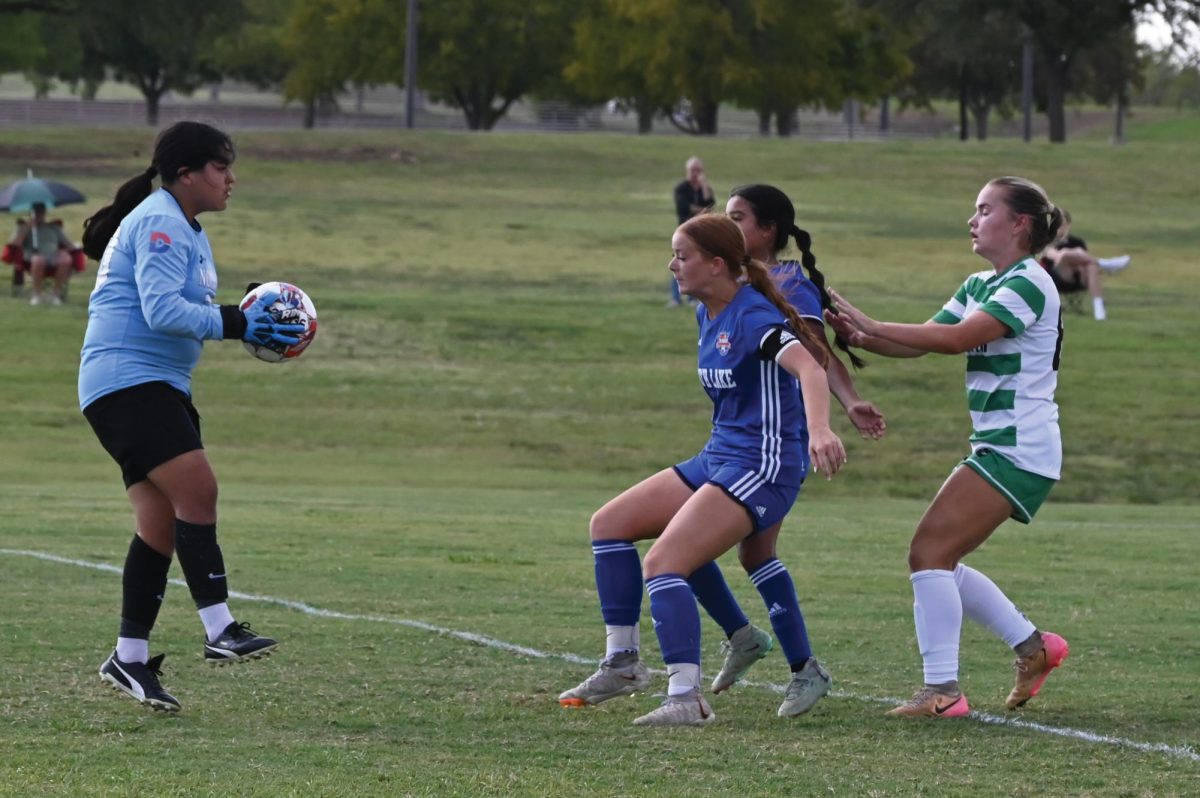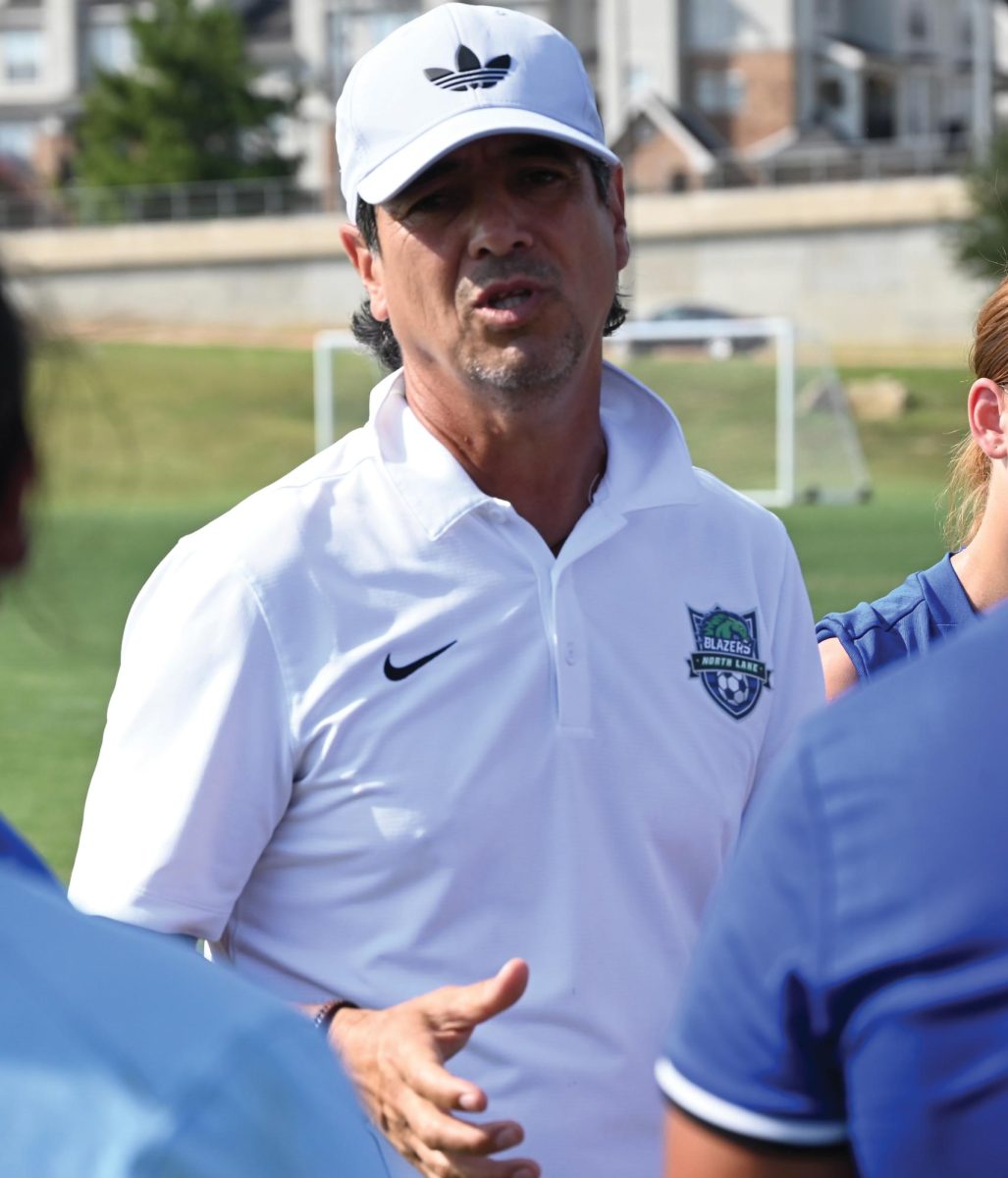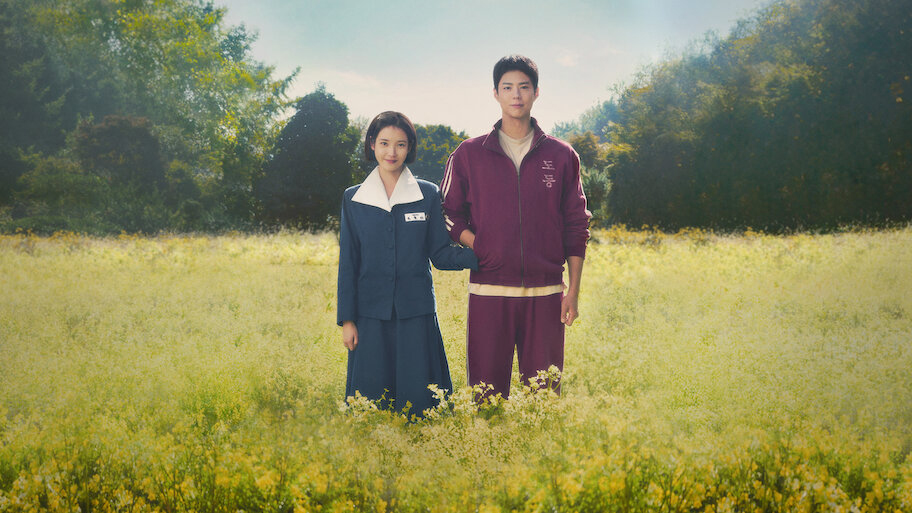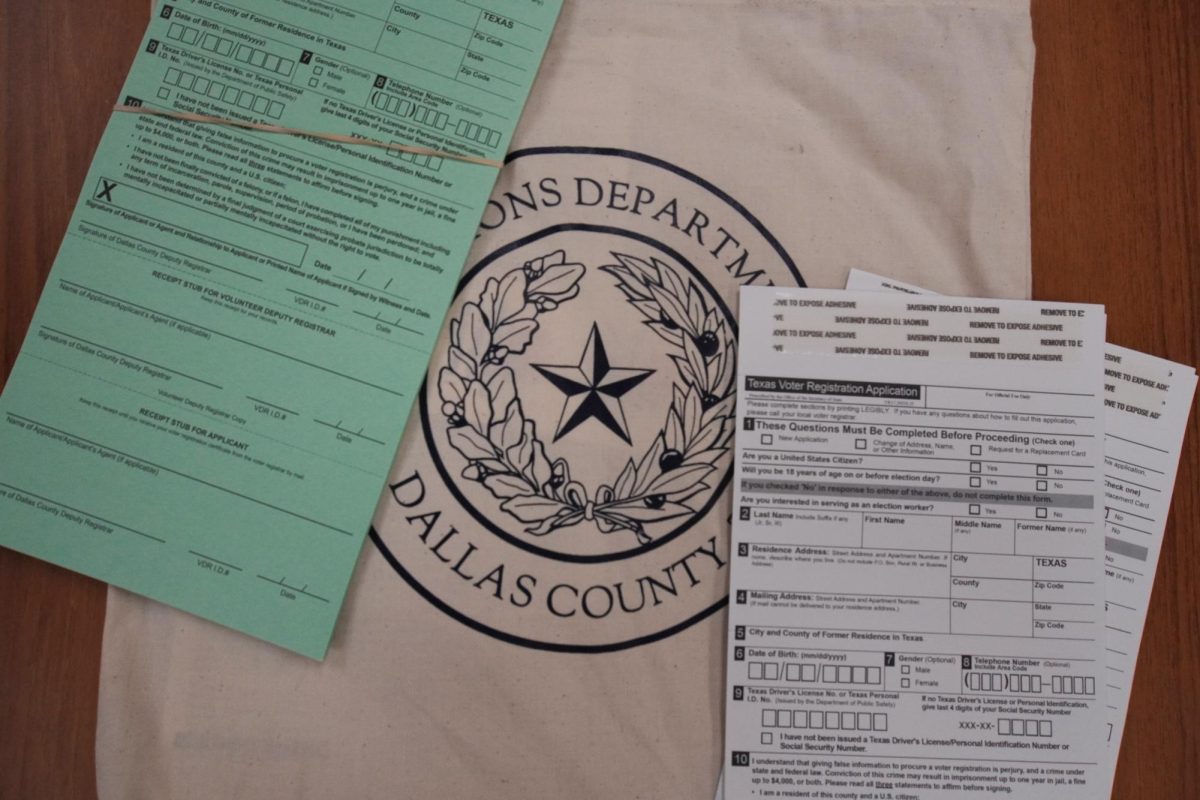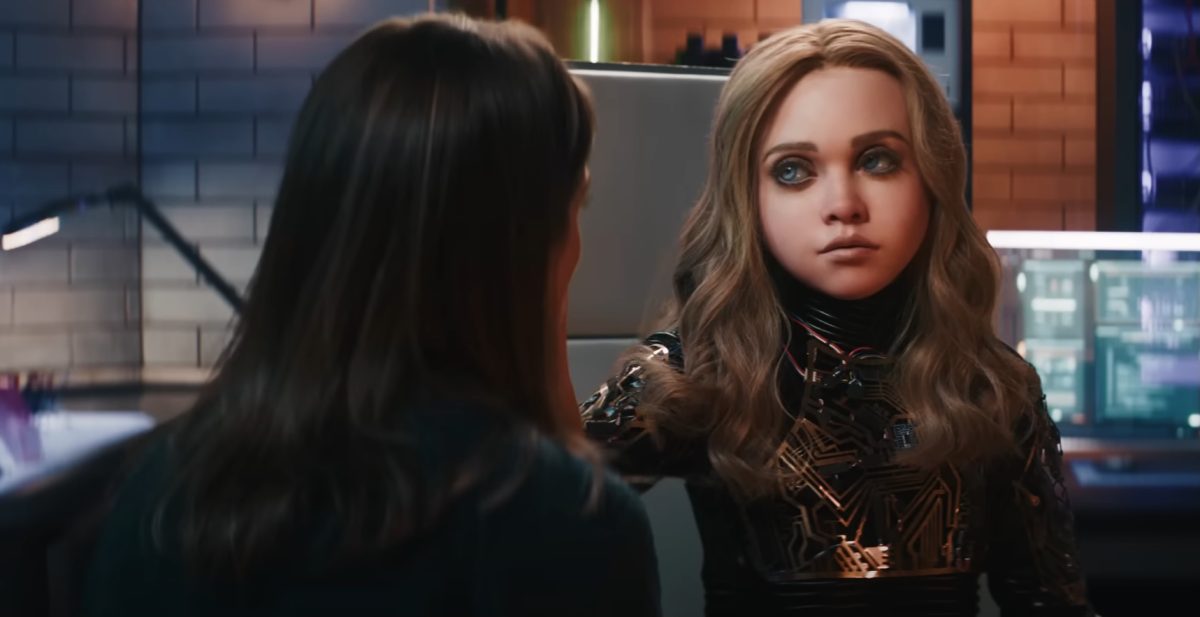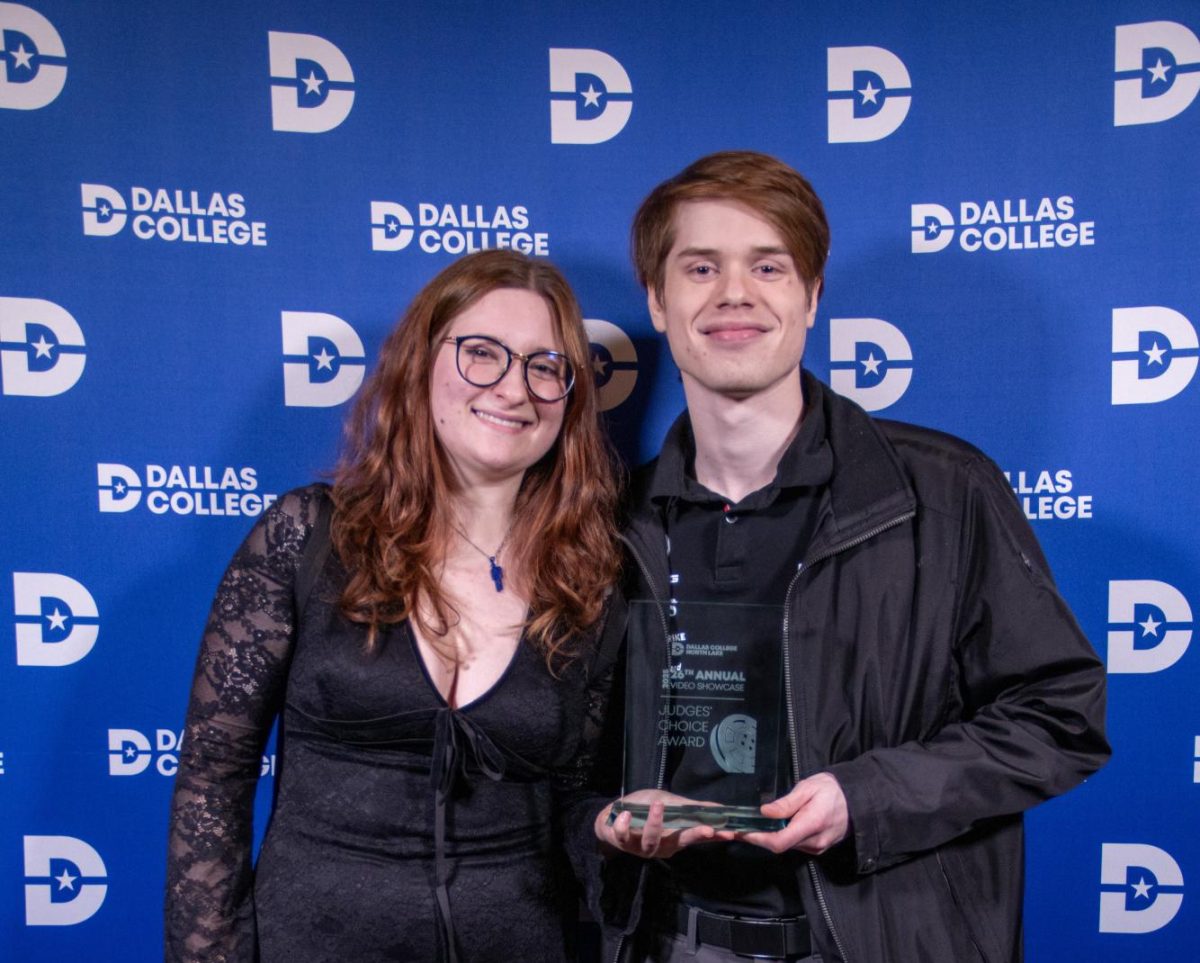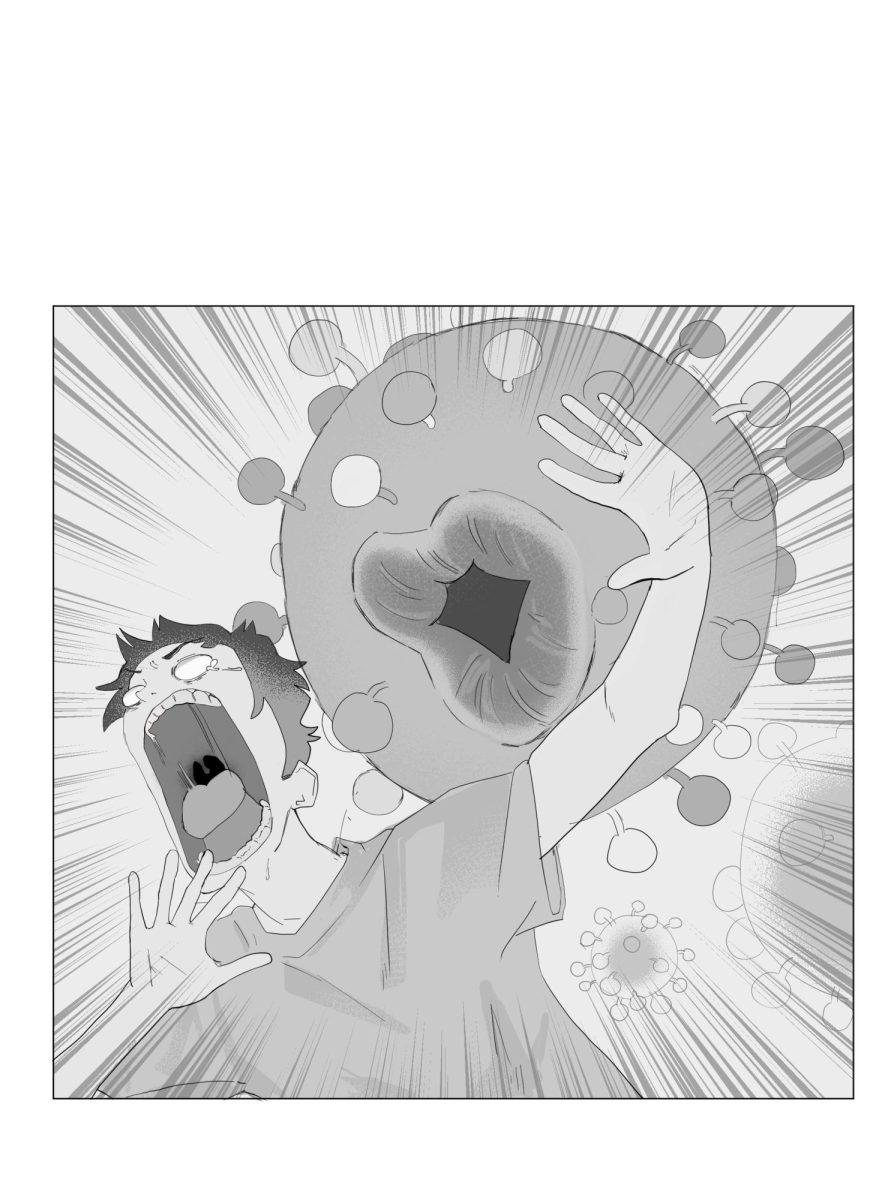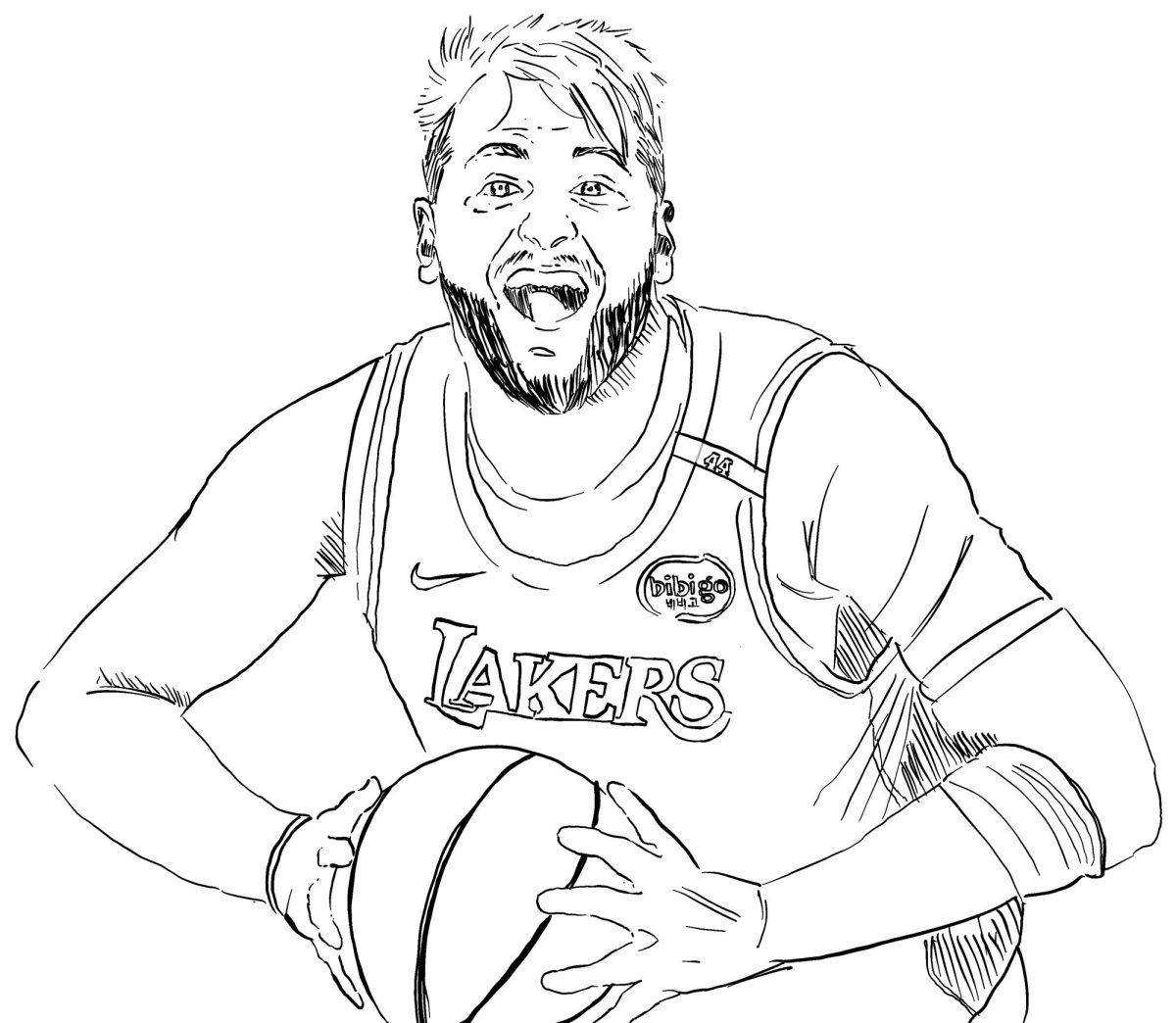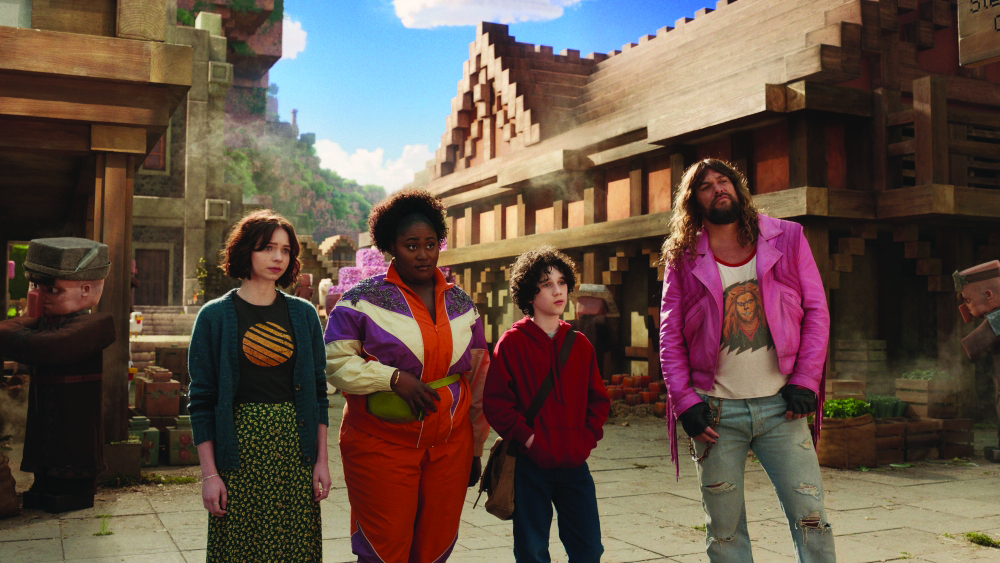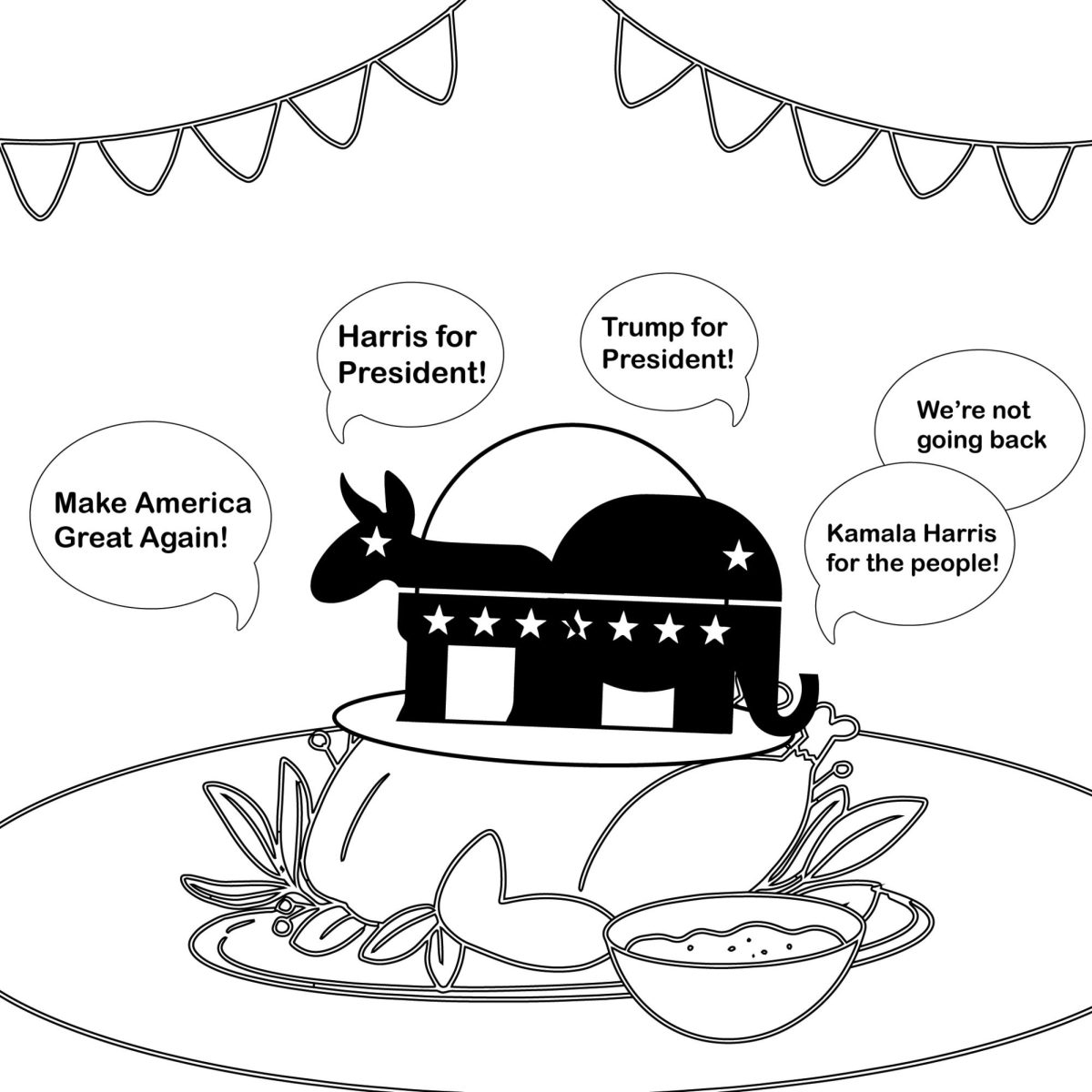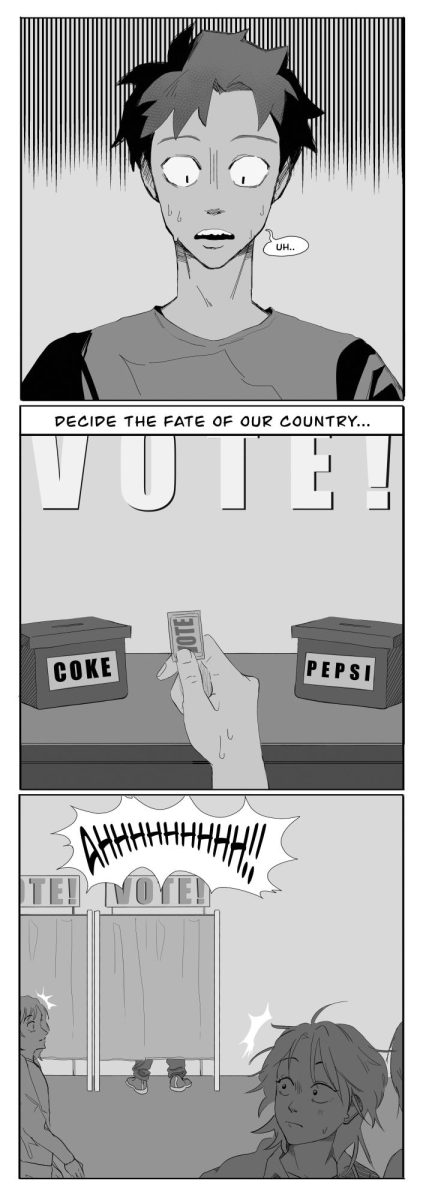Growing up with “Minecraft” meant growing up in an endless configuration of worlds that were to come, and many late nights spent indulging in pixelated creations of what I wished were real. These were imaginative structures that were in some way a reality. It’s a feeling of nostalgia that I believe many others also can relate to.
Beyond the game itself, we’d spend countless hours watching gameplays, studying blocks, purchasing books that were tailored to help us survive in the virtual world, craft enchantments, or further explore what the world had to offer. Communities were connected–artists, animators, writers– all finding a form of home within the pixelated universe.
“Minecraft” had become a generation’s haven, a cultural phenomenon of creativity. With the recent release of “A Minecraft Movie,” its popularity began to form once again; however, excitement was not the only thing present– controversies soon followed. From debates over the cast to questions about how accurately the movie portrays the game, many fans were conflicted long before the first trailer dropped.
The artistic community felt that the movie should have been animated rather than produced using live action. For years, dedicated players independently crafted short films, animations and stories inspired by none other than their favorite game. It felt natural, if not right, for that same community to play some form of a role in the development of the movie.
Some argued that Mogang, the creator of Minecraft, missed the opportunity to include the heart of players. Nostalgia is a vulnerable feeling. It’s a concept that many followers were not too fond of altering. To many true fans, the movie felt less like a tribute to their childhood and more so just a familiar title used to bring in profit.
Despite the initial skepticism of its creation for me, or more specifically for my 12-year- old self, the most important thing was finally seeing “Minecraft” reclaim its past glory and watching it on the widescreen. To me, yes, it was important that the production served justice to this game, but it was more about reconnecting with my childhood instead of my usual routine as a student.
“A Minecraft Movie” was released in theaters on April 4 and many, regardless of age, made it a priority to get tickets quickly. Partnerships with food chains like McDonalds made it more difficult to find good seats. I booked mine a week after the release, that way, decent seatswere still available.
I purchased the tickets alongside a couple orders of the McDonald’s Minecraft Meal in hopes of taking my siblings to experience the movie as well. What we did not expect was the lack of etiquette displayed by the theater audience. There were several instances of disruptive audience behavior, particularly from younger fans, with the rise of the “Chicken Jockey” trend (in which a baby zombie rides a chicken in the game) leading to some cinemas mandating supervision for minors.
Screaming, jumping and throwing countless buckets of popcorn was the norm within the theaters, which confused me– weren’t theater snacks expensive? I was lucky as the screening we attended did not involve too young of an audience. This is not to say that the movie experience was entirely horrible– but rather that it was more chaotic than my siblings and I expected it to be. Across social platforms, many described the movie as “so bad, I can’t help but think it’s good” (and I’ll let that speak for itself.)
Personally, my experience did not diminish the overall view I had on the movie, but I believe it says a lot about our generation. For today’s audience, especially the younger ones, movies are no longer the passive background of home theaters; screenings in a theater have become social events and a stage for collective chaos, in hopes of completing a viral trend.
Production companies tailor their product towards specific audiences. Movies are marketed to families, adults or teens, which may alter the etiquette within that subgroup. There is no specific audience when it comes to “Minecraft.” Young children, tweens and longtime fans are among the target audience.
Access to limitless media, especially at a vulnerable age, influences how some people spend their childhoods. Trends like “Chicken Jockey” that were meant to be confined to the virtual world have bled into reality, framing the production of the movie more as an extensive joke rather than a cinematic story piece.
Over time, this impact can permanently distort what attention, respect and etiquette means within the public space. At its core, the “Minecraft” game is the foundation of the story that stays with fans regardless of time. It’s the reason why the community has been able to stay strong for so long.
Nostalgia preserves a form of ourselves that we no longer live in. It’s why we find games, toys and books from our childhood, so special. It’s a vulnerable feeling of sensitivity that we collectively share. Despite our differences, “Minecraft” is a shared factor of the simplistic joy of our childhoods. While the movie didn’t perfectly capture the glorious adventures of our youth, it gave us – even if it was just a glimpse– into a world where everything was once possible.


